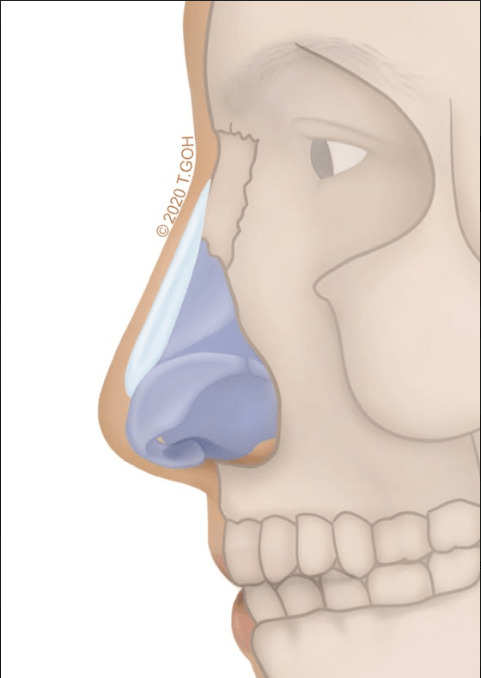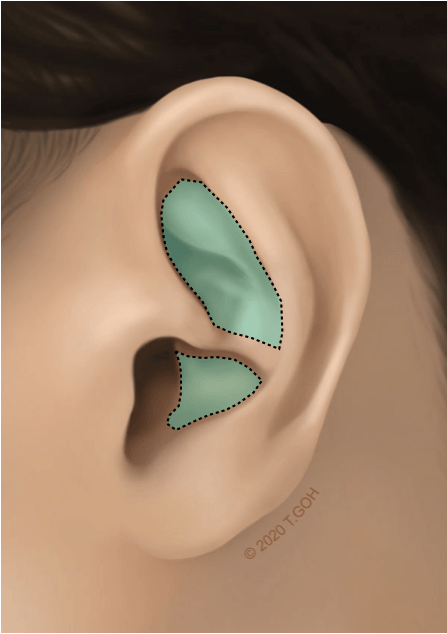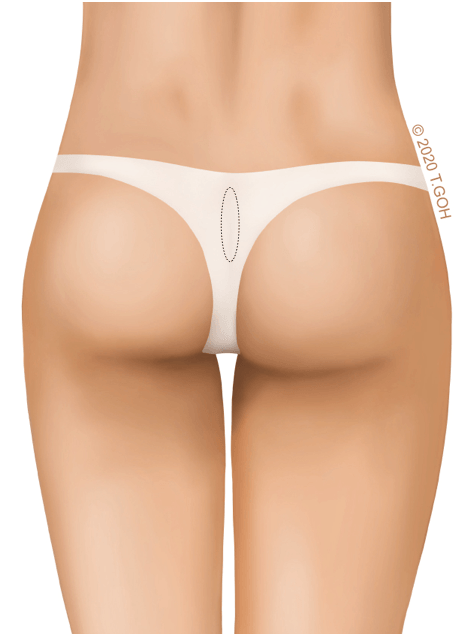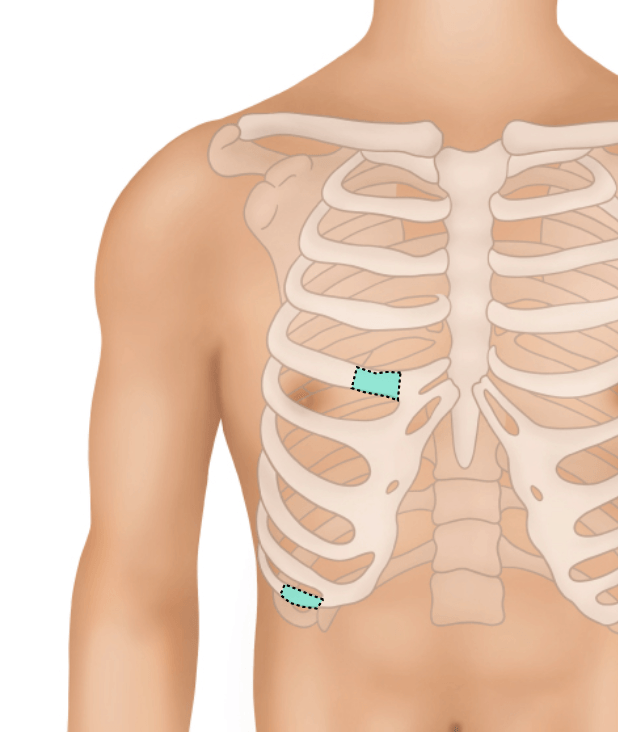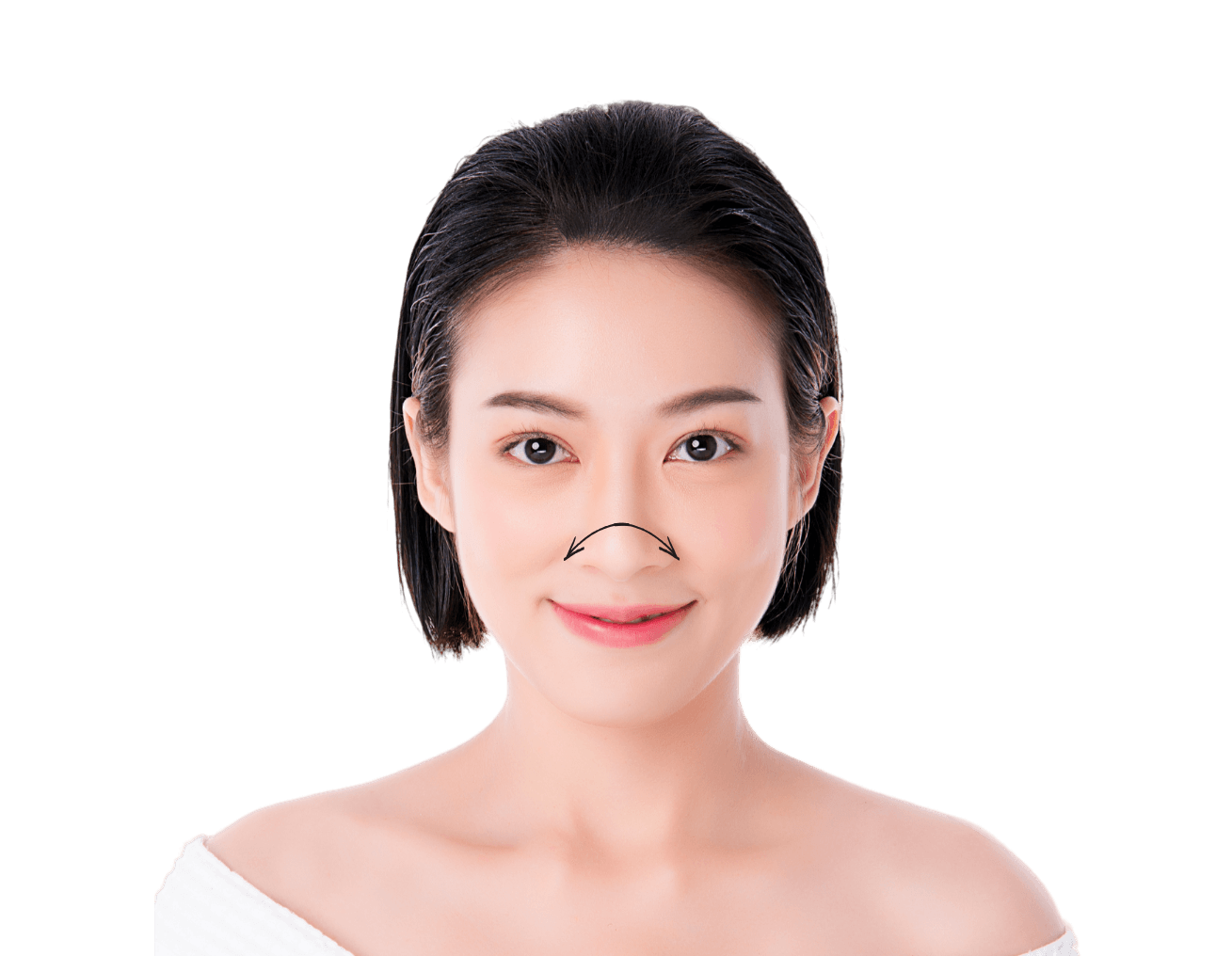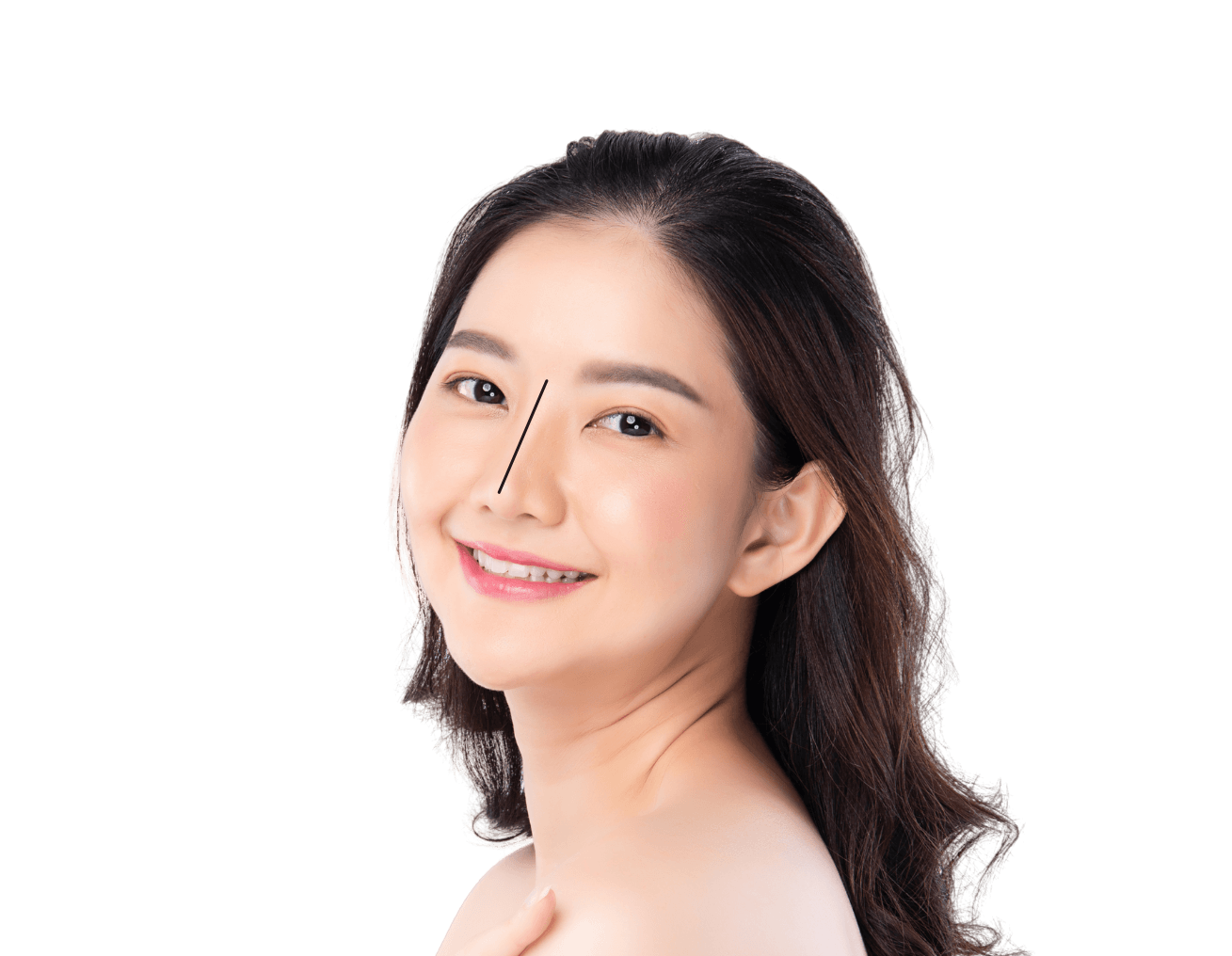BOOK A CONSULT TODAY
+65 67788-648
ROYAL SQUARE MEDICAL CENTRE
101, IRRAWADDY ROAD #14-09
AZATACA PLASTIC SURGERY CENTRE (ORCHARD)
MOUNT ELIZABETH HOSPITAL
3, MOUNT ELIZABETH ROAD #15-11
Follow us
Revision Rhinoplasty
giving you the nose you deserve
Revision rhinoplasty strives to allow the patient to attain a greater sense of satisfaction with their desired outcomes
Rhinoplasty is one of the most complex surgeries in Plastic Surgery. While the surgery is safe, there is a potential for complications and revision surgery is considered when the first operation wasn't satisfactory.
Revision rhinoplasty is more complex than the primary surgery so it is best to get the revision done with your primary surgeon and if not to select a surgeon with experience at Rhinoplasty.
CUSTOMISED PLAN FOR REVISION RHINOPLASTY
We have a solution for every complication
Rhinoplasty Materials
Understand the different materials that can be used for revision rhinoplasty
Getting Revision Rhinoplasty Right
01
Diagnosis
In a revision rhinoplasty, it is crucial to ascertain the problems and have an accurate diagnosis. Internal examination of the nose and scans are often necessary to confirm the problem before we can create a plan for revision.
02
Autologous Rhinoplasty
In revision rhinoplasty, having adequate and good material is important so that we can replace and re-create missing or damaged anatomy. Cartilage grafts from the ear or rib may be necessary to avoid the use of implants.
03
Considering facial angles and proportions
Using 3D imaging software we are able to analyse and measure the problem. Planning can then be done to create a plan for revision rhinoplasty.
Hospitalisation
Day Surgery
Anaesthesia
Local Anaesthesia or IV Sedation
Operation Time
60-180 minutes
Removal of Sutures
5 Days
